Staying healthy requires understanding the conditions that most frequently affect people worldwide. Common diseases, ranging from mild to life-threatening, impact millions annually. While some are preventable with lifestyle changes, others demand early detection and proper management to reduce complications. Knowing the symptoms, underlying causes, and preventative measures for these illnesses empowers you to make informed health decisions.
This guide explores the ten most prevalent diseases, offering insights into how you can protect yourself and your loved ones. Let’s dive into each condition and learn how to maintain a healthier lifestyle.
1. Cardiovascular Diseases
Symptoms: Chest pain, shortness of breath, fatigue, irregular heartbeat.
Causes: High blood pressure, smoking, obesity, high cholesterol, family history.
Prevention: Maintain a heart-healthy diet rich in fruits, vegetables, and whole grains. Exercise regularly, manage stress, and avoid tobacco use. Routine health screenings for blood pressure and cholesterol are also critical.
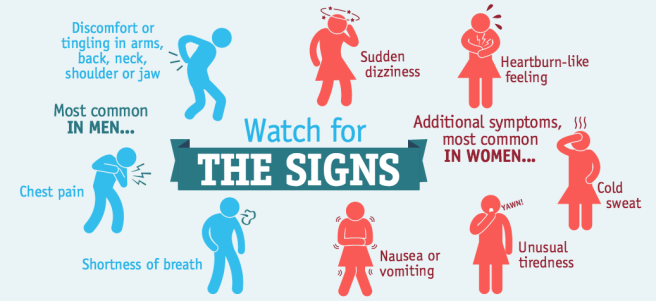
2. Type 2 Diabetes
Symptoms: Excessive thirst, frequent urination, unexplained weight loss, blurred vision.
Causes: Poor diet, physical inactivity, obesity, genetics.
Prevention: Adopt a balanced diet low in sugar and refined carbs. Regular physical activity helps maintain a healthy weight, while routine blood sugar checks detect early signs of diabetes.
3. Respiratory Infections
Symptoms: Coughing, fever, nasal congestion, fatigue, sore throat.
Causes: Viral or bacterial infections, poor air quality, weakened immune systems.
Prevention: Practice good hygiene, such as frequent handwashing. Get vaccinated for influenza and pneumonia, and avoid exposure to environmental pollutants.
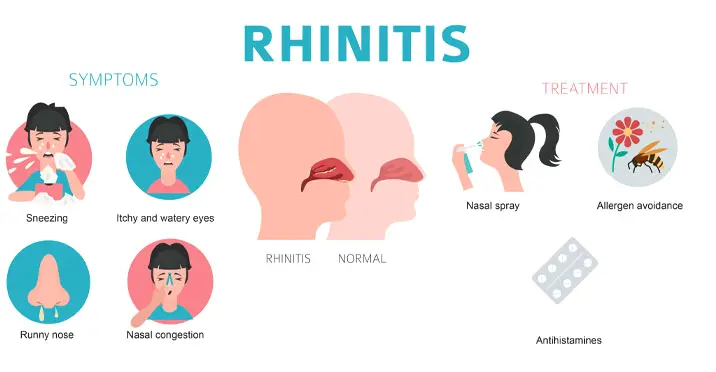
4. Cancer
Symptoms: Varies by type; may include lumps, unexplained weight loss, fatigue, changes in skin or bowel habits.
Causes: Tobacco use, genetic mutations, prolonged sun exposure, unhealthy diet.
Prevention: Avoid smoking, eat an antioxidant-rich diet, wear sunscreen, and get regular screenings, especially if you have a family history of cancer.
5. Hypertension (High Blood Pressure)
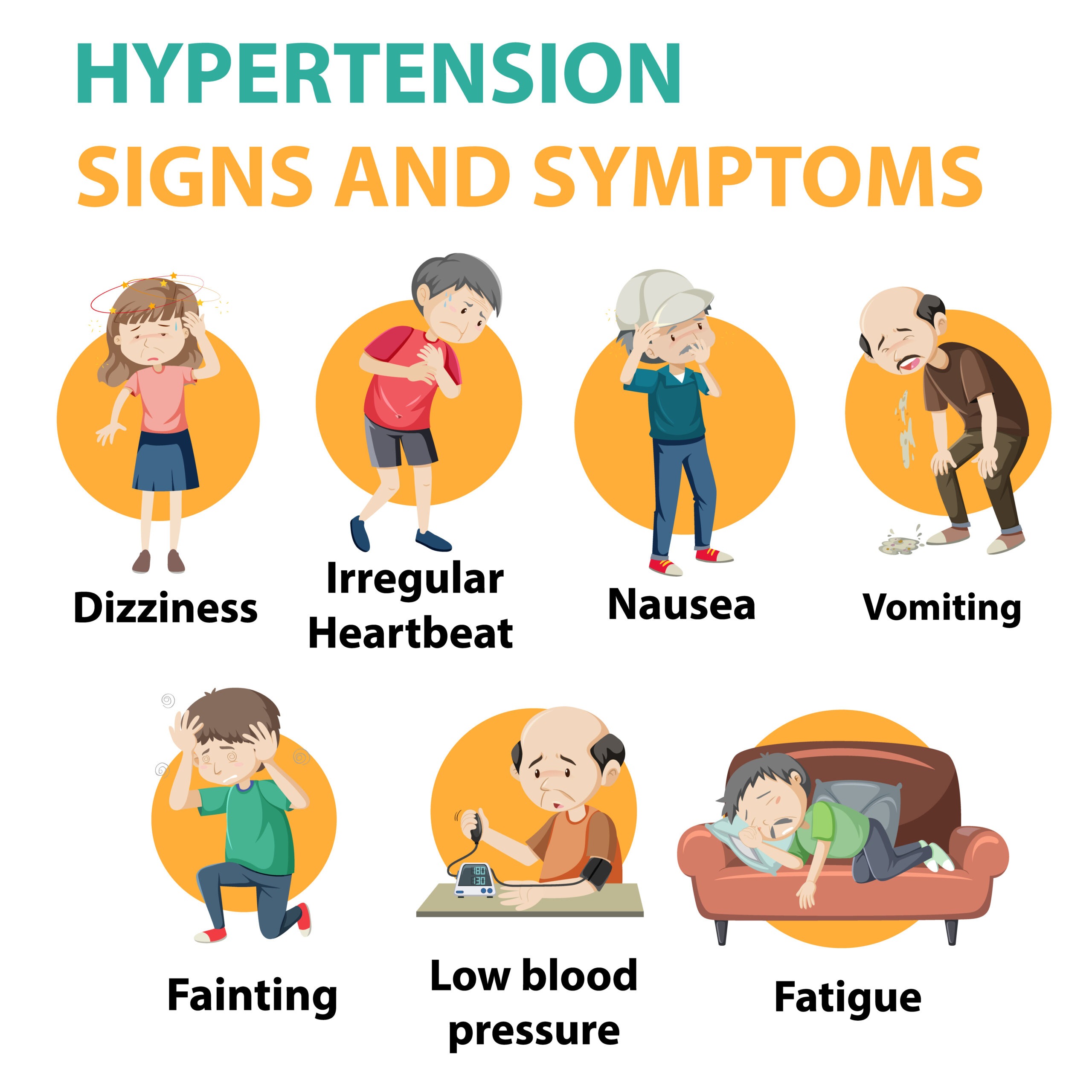
Symptoms: Often asymptomatic; severe cases may cause headaches, dizziness, or nosebleeds.
Causes: Sedentary lifestyle, high salt intake, stress, obesity, genetics.
Prevention: Reduce sodium in your diet, maintain an active lifestyle, manage stress through mindfulness, and monitor your blood pressure regularly.
6. Obesity
Symptoms: Excess body fat, fatigue, difficulty in physical activity, increased risk of related health conditions.
Causes: Poor diet, lack of exercise, genetic predisposition, hormonal imbalances.
Prevention: Eat a balanced, portion-controlled diet and engage in regular physical activity. Limit sugary and high-fat foods to maintain a healthy weight.

7. Depression
Symptoms: Persistent sadness, lack of interest in activities, changes in sleep or appetite, difficulty concentrating.
Causes: Genetic factors, life events, chronic stress, chemical imbalances in the brain.
Prevention: Practice self-care, engage in regular exercise, and maintain strong social connections. Seek professional help if you notice persistent symptoms.
8. Stroke
Symptoms: Sudden numbness, confusion, trouble speaking, vision changes, severe headache.
Causes: High blood pressure, smoking, atrial fibrillation, clogged arteries.
Prevention: Manage high blood pressure and cholesterol, quit smoking, and adopt a diet low in saturated fats. Early detection of atrial fibrillation can also reduce stroke risk.
9. Alzheimer’s Disease
Symptoms: Memory loss, difficulty solving problems, confusion about time or place, personality changes.
Causes: Aging, family history, poor cardiovascular health, lifestyle factors.
Prevention: Engage in mentally stimulating activities, maintain a heart-healthy diet, exercise regularly, and get adequate sleep.
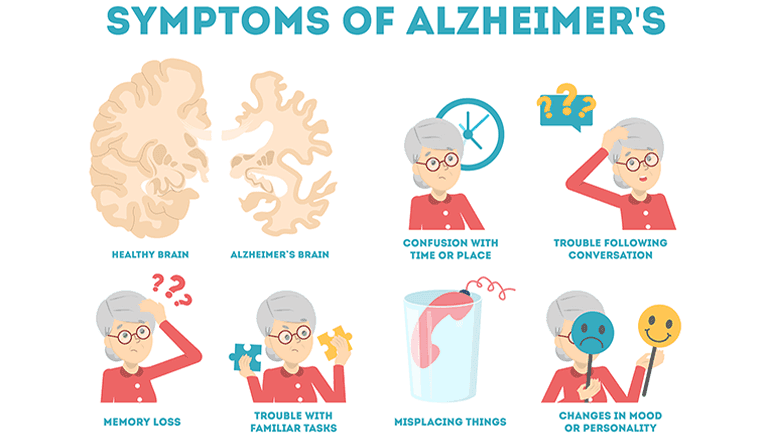
10. Arthritis
Symptoms: Joint pain, stiffness, swelling, reduced range of motion.
Causes: Aging, joint injury, obesity, genetic predisposition.
Prevention: Maintain a healthy weight, stay active with low-impact exercises, and protect your joints from injuries during physical activities.
Proactive Steps for a Healthier Life
Understanding common diseases equips you with the knowledge to take preventative action. By adopting a healthier lifestyle, scheduling regular checkups, and staying informed about potential health risks, you can significantly reduce your chances of developing these conditions. Early detection and intervention remain critical for managing or avoiding complications from many illnesses.
Have you experienced or learned about any of these conditions? What preventative measures work best for you? Join the conversation in the comments below! For more health insights, tips, and resources, explore our website and subscribe to our newsletter to stay updated on ways to enhance your well-being. Let’s make wellness a priority together!
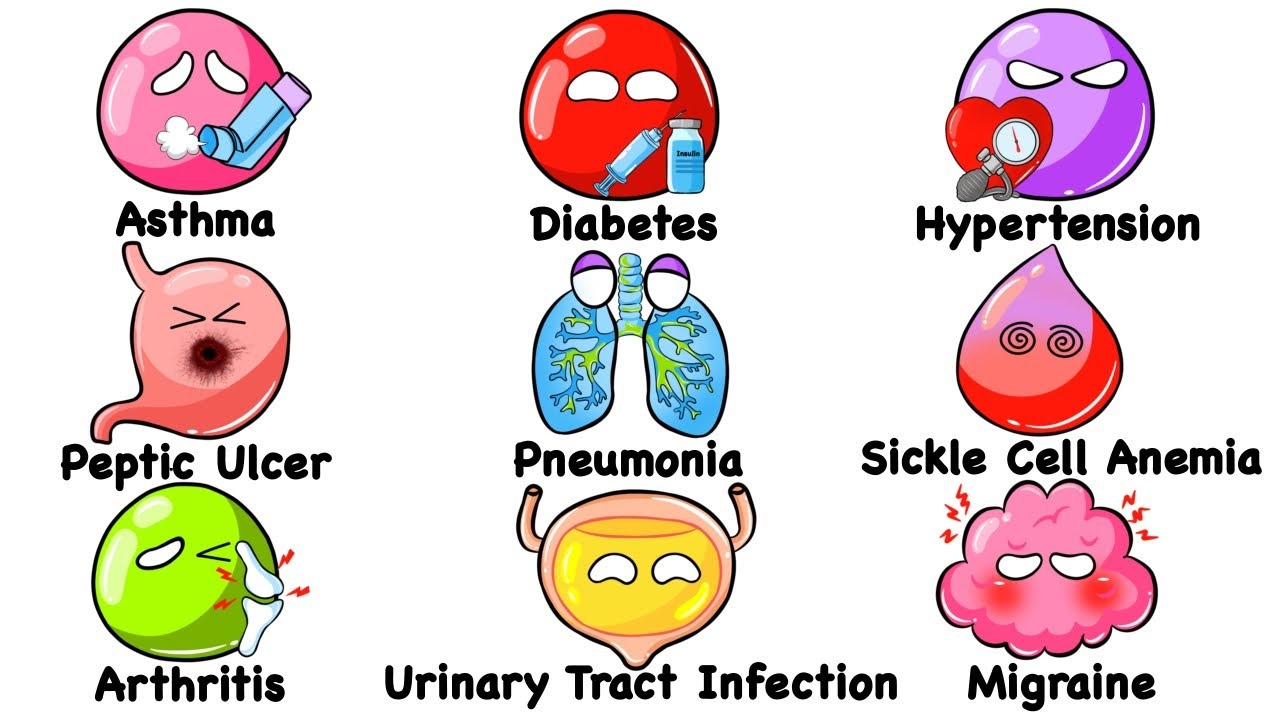
Leave a Reply